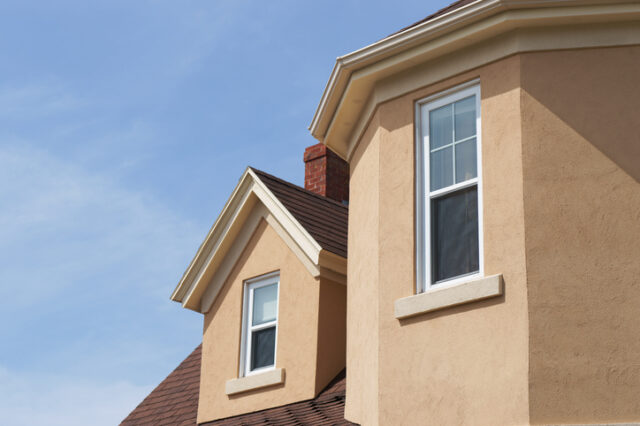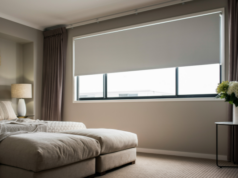
Australia offers a wide range of window styles to suit different climates building types and design preferences. Choosing the right type can improve energy efficiency ventilation comfort and aesthetics.
Fixed windows
Fixed windows do not open. They are ideal for letting in natural light and framing views. These windows work well in spaces where ventilation is not needed. They often require less maintenance and can help increase a building’s thermal performance.
Sliding windows
Sliding windows consist of panels that move horizontally along tracks. One panel is often fixed while the other slides. These are space‑saving and easy to operate and maintain. They suit patios or interior openings but may allow more air leakage compared to hinged types.
Casement and awning windows
Casement windows hinge at the side and swing open outward or inward. They seal tightly and perform well in wind resistance and energy efficiency. Awning windows hinge at the top and open outward from the bottom. They offer ventilation even in light rain and are suitable for bathrooms kitchens and coastal climates.
Tilt and turn windows
Tilt and turn windows open two ways: they tilt from the top for secure ventilation or swing inward fully for cleaning or egress. They combine versatility, safety and secure ventilation and suit modern Australian homes, particularly in urban areas.
Bi‑fold windows
Bi‑fold windows fold open concertina‑style to maximise airflow and indoor‑outdoor connection. They often include multi‑locking mechanisms, offering strong security and good energy performance. These windows are ideal for open plan living in warmer climates.
Double‑hung and single‑hung sash windows
Double‑hung windows have two vertical sashes that slide within the frame. Single‑hung have only the bottom sash operable. These traditional styles can fit period homes and offer adjustable ventilation but may require secondary glazing for energy efficiency.
Louvre or jalousie windows
Louvre (or jalousie) windows consist of horizontal slats that tilt to control airflow and light. They perform well in warm humid climates where cross‑ventilation is needed. Modern versions improve on older designs but they may not be suitable for ground floor or cyclone‑exposed sites due to security and air leakage concerns.
Bay, bow and oriel windows
These protrude outward from the building to create internal seating alcoves or visual interest. Bay windows often combine fixed and casement units. Bow windows are curved. Oriel windows do not reach the ground. They increase daylight and floor space.
Skylights and roof windows
Skylights or roof windows are installed on sloped ceilings or roofs to introduce daylight and sometimes ventilation. These options are excellent for rooms without adequate wall space and assist with passive solar gains in winter.
Emerging high‑performance glazing systems
Emerging systems include double and triple glazing, and in colder climates triple glazing may offer better thermal control. Quadruple glazing is rare but growing in demand. Smart technologies such as thermochromic or electrochromic glass can change tint based on temperature or sunlight and are appearing in high‑end renovations.
Choosing a window type for Australian conditions
- Climate is a key factor. In hot humid areas louvre, awning or casement windows support ventilation. In cold climates fixed or glazed types secure solar gains.
- Energy regulations now require WERS-rated systems contributing to a minimum 7‑star NatHERS shell rating. Choose glazing, seals and frame systems that support compliance.
- For cyclone-prone or bushfire zones ensure windows meet relevant wind, water or fire standards and have appropriate frame ratings.
- Heritage overlays or planning rules may restrict opening types or frame styles. Secondary glazing is often the solution if original window appearance must be retained.





